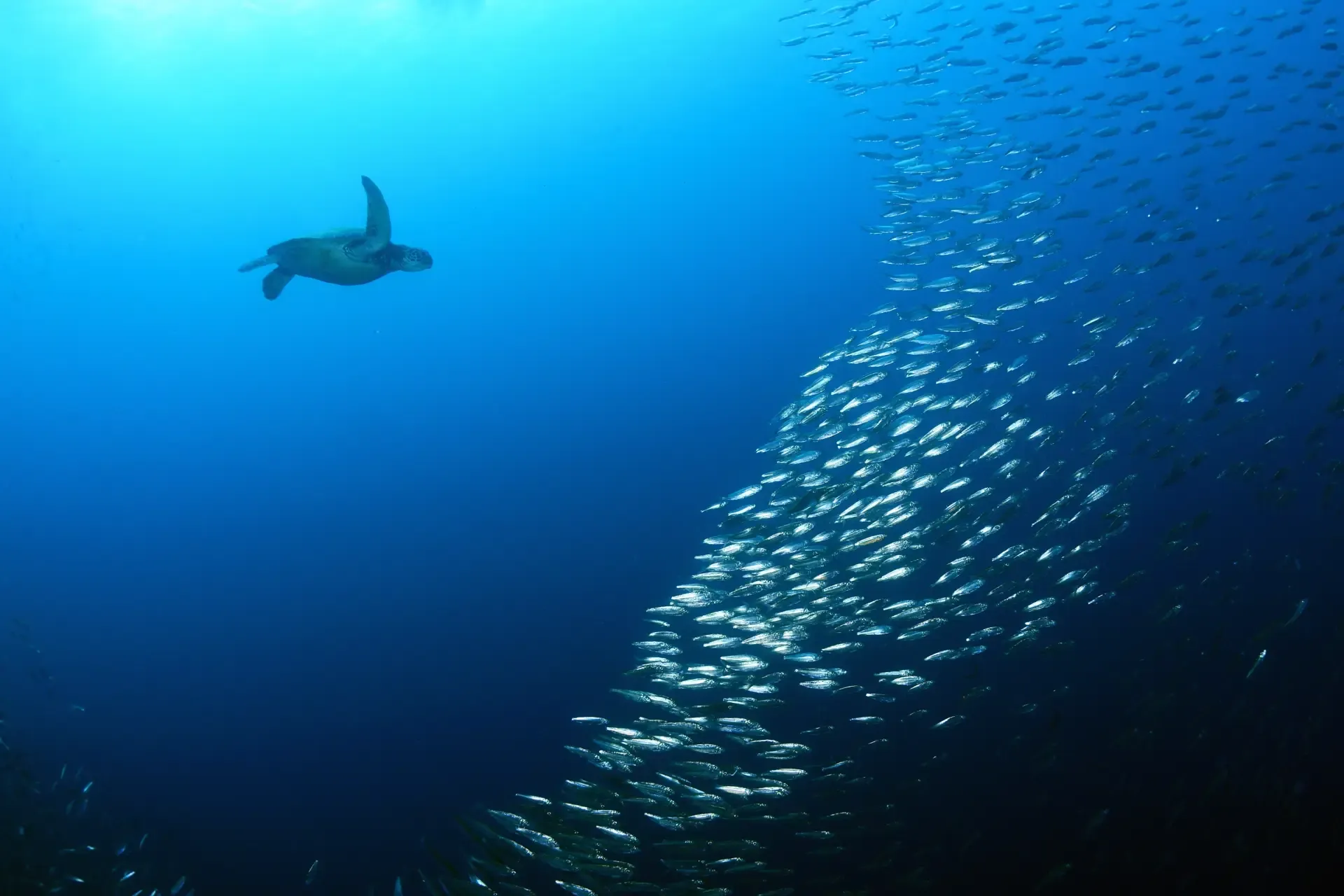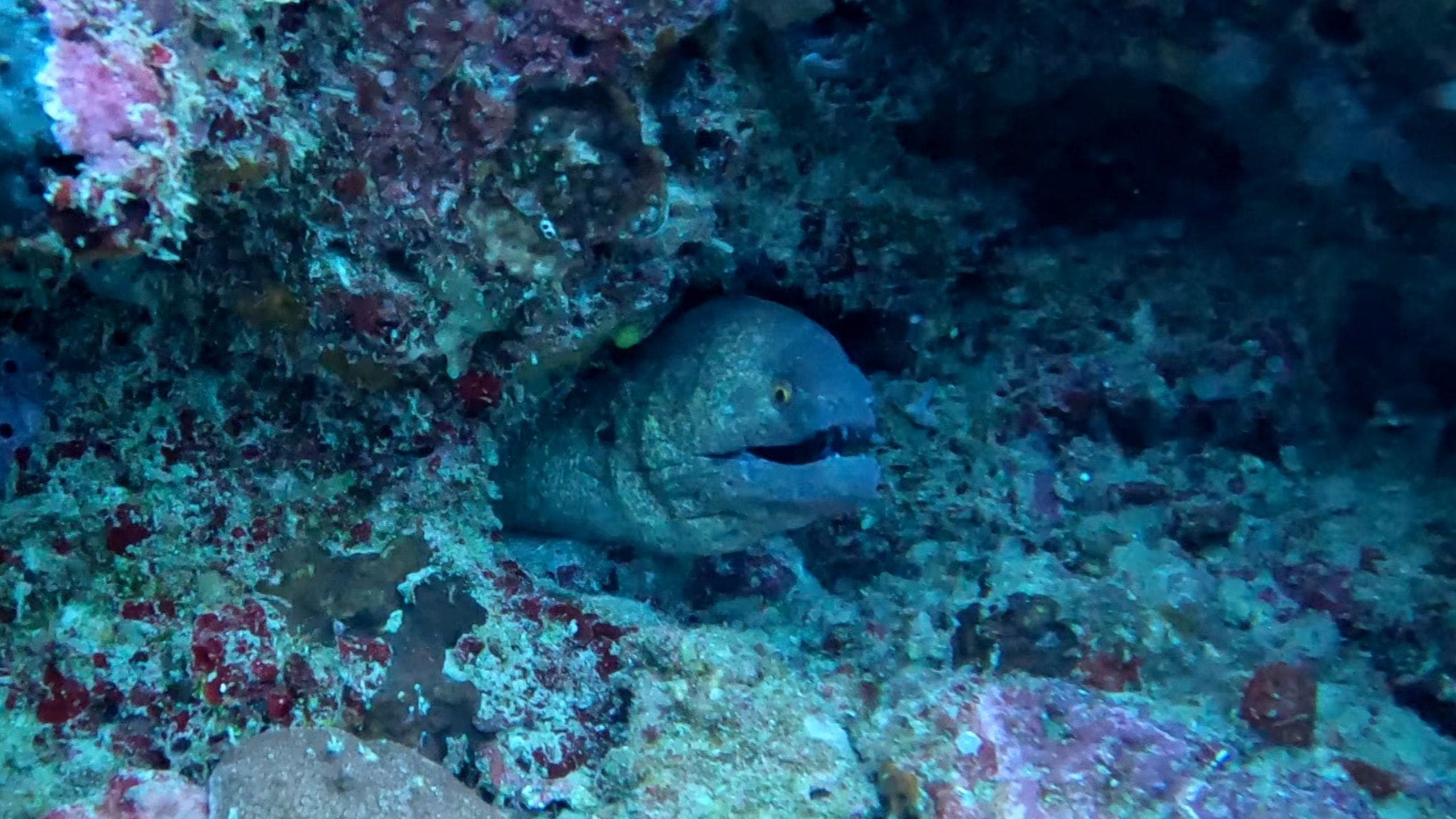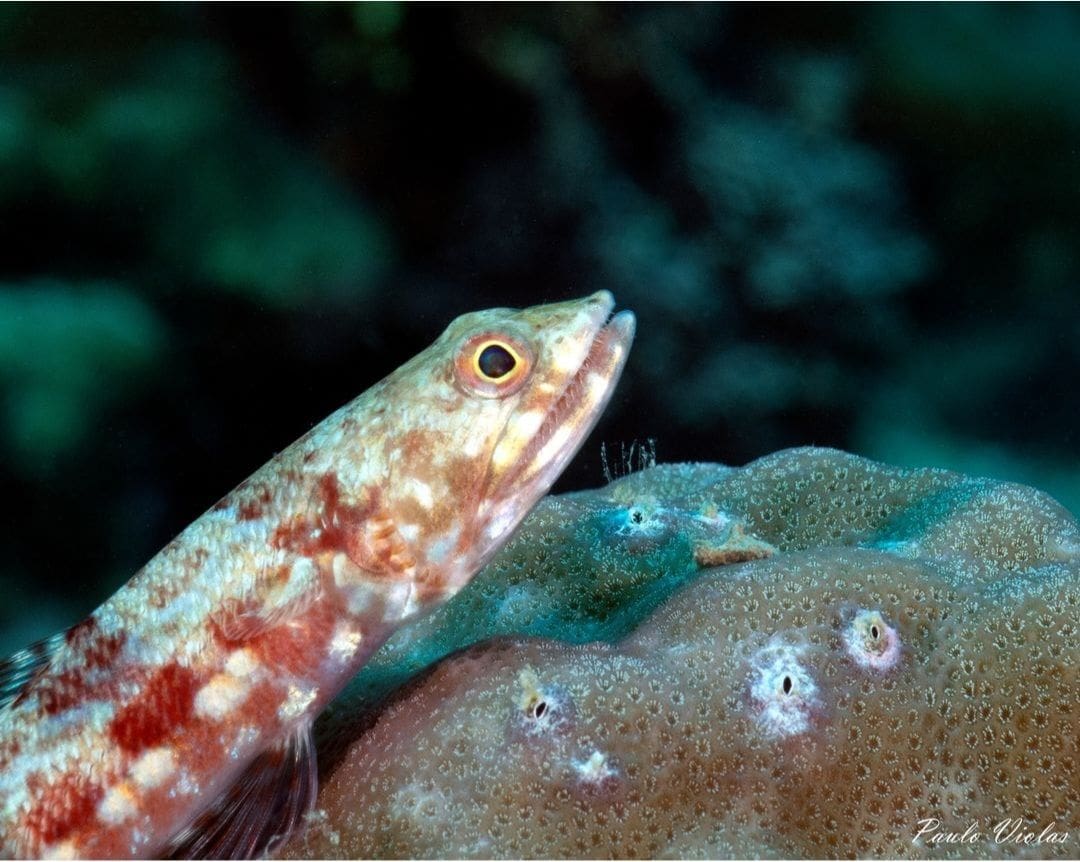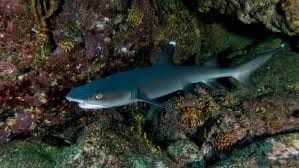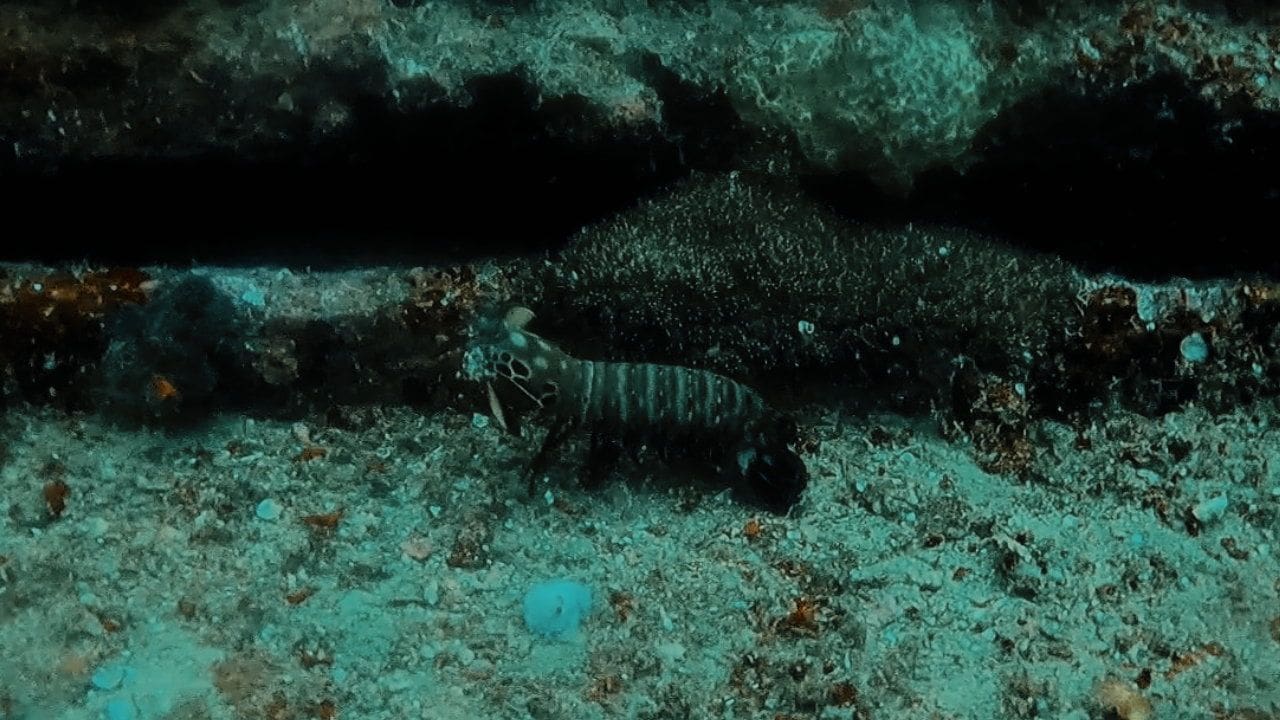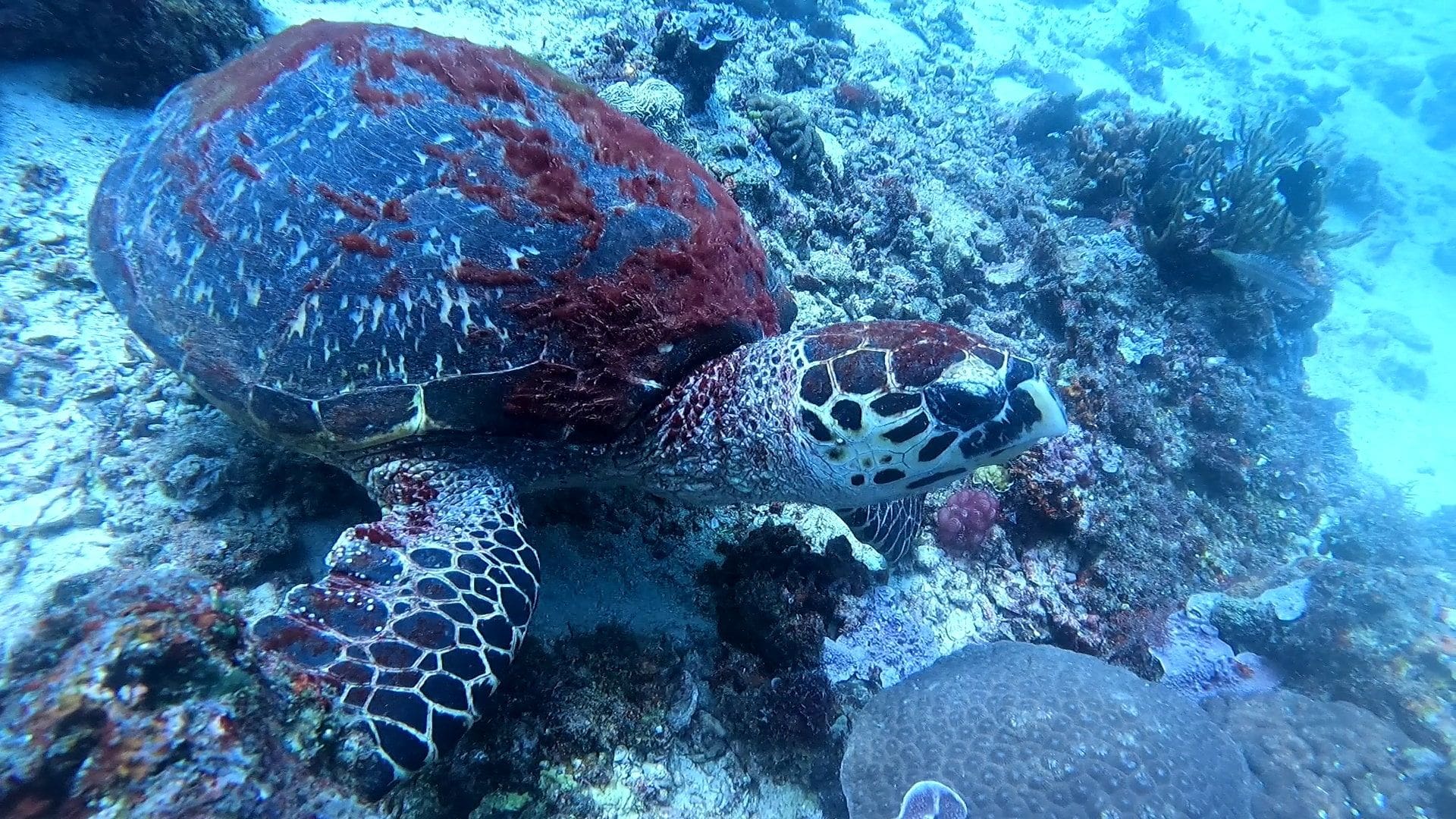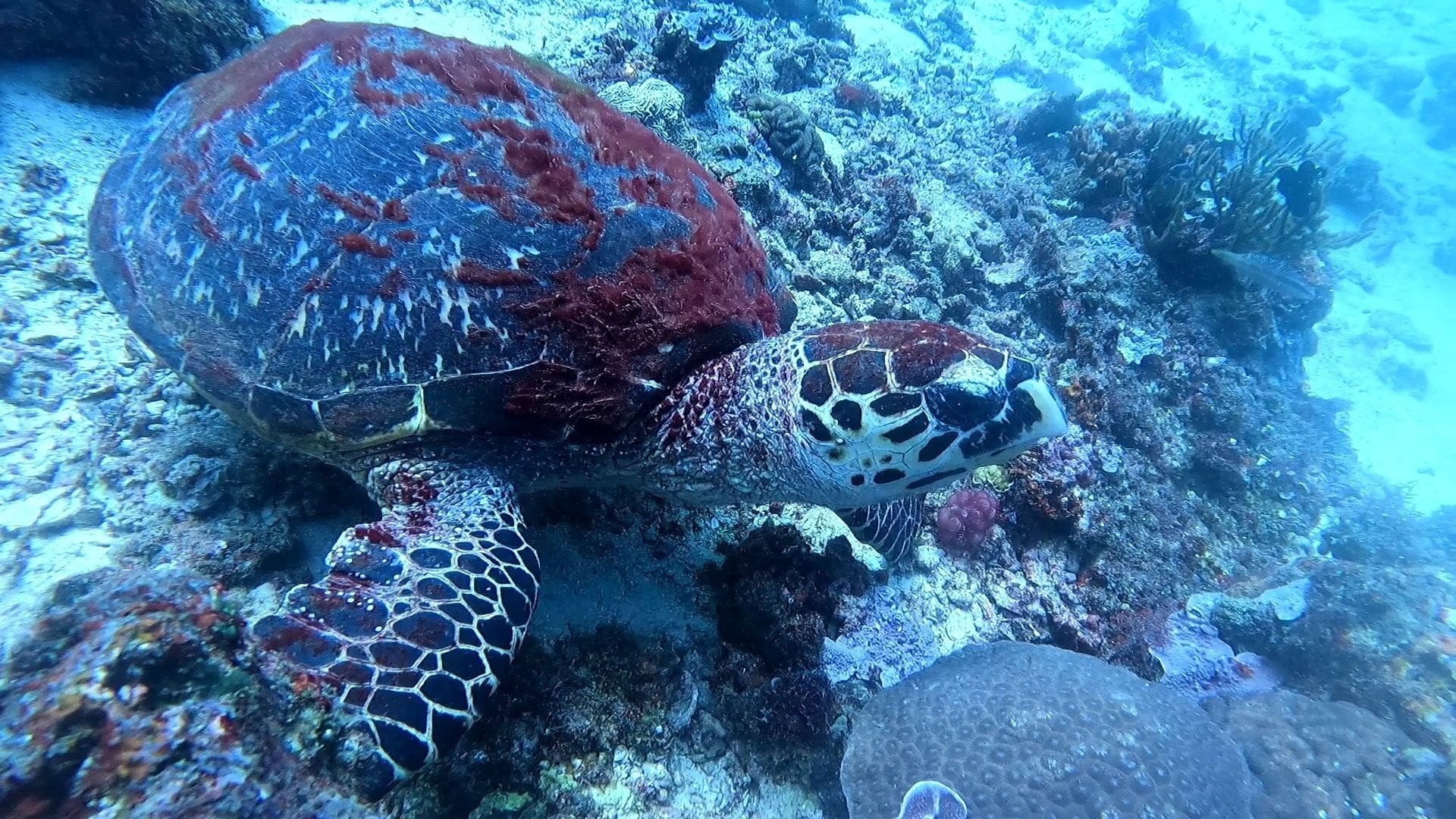Exploring Balloonfish: Boracay’s Fascinating Marine Resident
Exploring Balloonfish
Boracay’s Fascinating Marine Resident
Exploring Balloonfish: Boracay’s Fascinating Marine Resident
The waters of Boracay are home to an incredible diversity of marine life, offering divers and snorkelers a front-row seat to nature’s underwater wonders. Among the many species that captivate those exploring Boracay’s reefs is the balloonfish, a unique and intriguing marine creature known for its ability to puff up into a spiny ball when threatened.
In this article, we’ll take a closer look at the balloonfish, its behavior, habitat, and why it’s such a fascinating sight for divers exploring Boracay’s vibrant underwater world.
What is a Balloonfish?
The balloonfish (Diodon holocanthus), also known as the spiny pufferfish, is a member of the porcupinefish family. These fish are easily recognizable by their rounded bodies, large eyes, and spiny appearance, which becomes even more pronounced when they inflate themselves as a defense mechanism.
Key Features of Balloonfish:
- Inflation Ability: Balloonfish can gulp water (or air when out of water) to puff up their bodies, making them appear larger and deterring predators.
- Spines: When inflated, the balloonfish’s spines protrude outward, adding an extra layer of protection.
- Teeth: They have a beak-like mouth formed by fused teeth, which they use to crush the shells of crustaceans and mollusks.
- Coloration: Typically tan or light brown with dark spots, balloonfish have excellent camouflage that helps them blend into their surroundings.
Where Can You Find Balloonfish in Boracay?
Balloonfish are frequently spotted at several of Boracay’s popular dive sites. Their preference for coral reefs, rocky outcrops, and sandy areas makes Boracay an ideal habitat for these fascinating fish.
Top Dive Sites in Boracay to Spot Balloonfish:
-
Friday’s Rock:
- A favorite among divers, Friday’s Rock is known for its vibrant coral formations and diverse marine life. Balloonfish are often seen resting near the reef or hiding in crevices.
-
Crocodile Island:
- With its rich coral gardens and sandy patches, Crocodile Island provides an excellent environment for balloonfish to forage and hide.
-
Tambisaan Reef:
- Known for its mix of coral and sandy areas, Tambisaan is another hotspot for spotting balloonfish, often near crevices or under ledges.
-
Balinghai:
- This site’s combination of sponges and coral makes it a great place to find balloonfish blending into the reef’s natural textures.
The Behavior of Balloonfish
Balloonfish are generally solitary and nocturnal, spending much of the day hiding in crevices or under coral ledges. They become more active at night, venturing out to hunt for food.
Diet:
Balloonfish primarily feed on hard-shelled prey such as crabs, shrimp, and mollusks. Their powerful beak-like teeth are specially adapted to crush and consume these tough meals.
Defense Mechanism:
One of the balloonfish’s most fascinating traits is its ability to inflate its body when threatened. This behavior serves multiple purposes:
- Intimidation: By puffing up and exposing their spines, balloonfish appear larger and more difficult for predators to swallow.
- Protection: The protruding spines deter predators from attempting an attack.
Camouflage:
When not inflated, balloonfish rely on their natural coloration and patterns to blend into their surroundings, avoiding detection by predators.
Why Balloonfish Are Important to Boracay’s Ecosystem
Balloonfish play a vital role in maintaining the health of coral reefs and marine ecosystems.
- Controlling Prey Populations: By feeding on crustaceans and mollusks, balloonfish help regulate the populations of these species, maintaining a balanced ecosystem.
- Reef Maintenance: Their foraging habits can help clean algae and detritus from coral surfaces, promoting reef health.
As part of Boracay’s rich marine biodiversity, balloonfish contribute to the ecological balance that makes the island’s waters such a vibrant and thriving environment.
Spotting Balloonfish: Tips for Divers
Finding balloonfish can be a rewarding experience for divers, but it requires a bit of patience and a keen eye. Here are some tips to increase your chances of spotting them:
- Check Crevices and Ledges: Balloonfish often rest in shaded or hidden areas during the day. Look carefully under coral overhangs and in reef crevices.
- Go Slow: Moving slowly and scanning your surroundings carefully increases your chances of spotting camouflaged balloonfish.
- Look for Activity at Night: Balloonfish are more active after dark, making night dives an excellent opportunity to observe them hunting.
- Respect Their Space: If you encounter a balloonfish, avoid provoking it to inflate. While it’s a fascinating behavior, it can cause stress to the fish.
Balloonfish and Marine Conservation in Boracay
Like many marine species, balloonfish face threats from habitat destruction, pollution, and overfishing. The preservation of Boracay’s reefs is essential for protecting balloonfish and other marine life.
How Divers Can Help:
- Practice Responsible Diving: Avoid touching or damaging coral reefs and marine life.
- Use Reef-Safe Sunscreen: Protect the delicate coral ecosystems from harmful chemicals.
- Support Conservation Efforts: Participate in or support organizations involved in reef restoration and marine conservation in Boracay.
Why Balloonfish Are a Must-See in Boracay
Balloonfish are a highlight for divers exploring Boracay’s reefs. Their unique appearance, fascinating behaviors, and role in the ecosystem make them a favorite among underwater photographers and marine life enthusiasts. Whether you’re marveling at their camouflage or spotting one in full inflation mode, encountering a balloonfish is an unforgettable experience.
Final Thoughts
Boracay’s underwater world is full of surprises, and the balloonfish is one of its most delightful residents. From their intriguing defense mechanisms to their vital ecological roles, balloonfish are a testament to the incredible diversity and adaptability of marine life.
As you explore the reefs of Boracay, take the time to appreciate these unique creatures and the vibrant ecosystems they inhabit. Diving in Boracay isn’t just about the adventure—it’s about connecting with nature and discovering the wonders of the ocean, one dive at a time.
So gear up, dive in, and keep your eyes peeled for the remarkable balloonfish. It’s an encounter you won’t want to miss.

Wish to know more about the diving in Boracay? Our team will be delighted to answer your questions and let us know why we should be your first choice when planning your dive vacation to the Philippines. We hope to hear from you soon!



